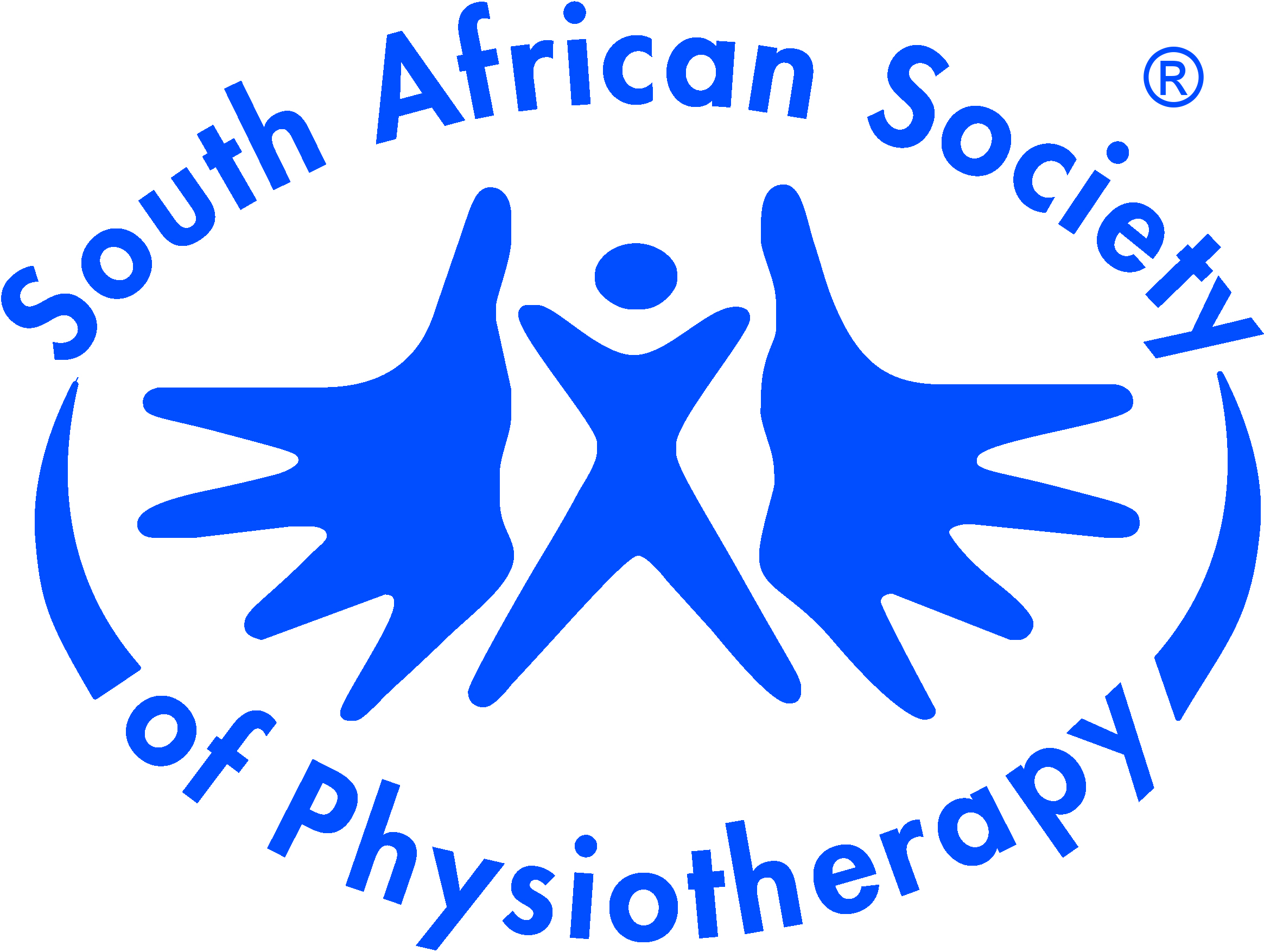Original Research
Hypotonia in Kwazulu Natal - prevalence and causes
South African Journal of Physiotherapy | Vol 62, No 1 | a144 |
DOI: https://doi.org/10.4102/sajp.v62i1.144
| © 2006 P. M. T. Dawson, T. Puckree
| This work is licensed under CC Attribution 4.0
Submitted: 08 January 2006 | Published: 08 January 2006
Submitted: 08 January 2006 | Published: 08 January 2006
About the author(s)
P. M. T. Dawson, Masters student at the University of Durban Westville Physiotherapy Department, South AfricaT. Puckree, Associate professor at the University of KwaZulu Natal Physiotherapy Department, South Africa
Full Text:
PDF (37KB)Abstract
Benign Congenital Hypotonia (BCH) is a condition whose
specific diagnosis and causes are elusive. Time and intensive diagnostic screening allows for unmasking of a specific diagnosis in some cases. The remaining cases are considered to have a good prognosis with resolution by adolescence. For physiotherapy to facilitate development in the intervening period, knowledge of prevalence and causes of the disorder is para mount. Limited information on prevalence of “BCH” exists in the world and none exists for either KwaZulu Natal or South Africa. This study investigated the prevalence of, and precipitating factors for Hypotonia in KwaZulu Natal. Four hundred children aged 6-7 years, from 16 schools in 8 educational zones participated in the study. The Standardized Motor Test Battery was used to differentiate normal children from those with signs and symptoms of BCH. 101 children tested positive for Hypotonia. Questionnaires to determine potential causes of Hypotonia were administered to these children and an age-matched cohort of 400 normal children. The main predictors of Hypotonia were assisted vaginal delivery and reduced physical activity. We conclude that Hypotonia is a significant, unrecognized disorder amongst our children. Prevention should be the goal of primary health care to reduce the prevalence.
specific diagnosis and causes are elusive. Time and intensive diagnostic screening allows for unmasking of a specific diagnosis in some cases. The remaining cases are considered to have a good prognosis with resolution by adolescence. For physiotherapy to facilitate development in the intervening period, knowledge of prevalence and causes of the disorder is para mount. Limited information on prevalence of “BCH” exists in the world and none exists for either KwaZulu Natal or South Africa. This study investigated the prevalence of, and precipitating factors for Hypotonia in KwaZulu Natal. Four hundred children aged 6-7 years, from 16 schools in 8 educational zones participated in the study. The Standardized Motor Test Battery was used to differentiate normal children from those with signs and symptoms of BCH. 101 children tested positive for Hypotonia. Questionnaires to determine potential causes of Hypotonia were administered to these children and an age-matched cohort of 400 normal children. The main predictors of Hypotonia were assisted vaginal delivery and reduced physical activity. We conclude that Hypotonia is a significant, unrecognized disorder amongst our children. Prevention should be the goal of primary health care to reduce the prevalence.
Keywords
benign congenital hypotonia; prevalence; causes; Kwazulu Natal
Metrics
Total abstract views: 2645Total article views: 2112
Crossref Citations
1. Identifying and Evaluating Young Children with Developmental Central Hypotonia: An Overview of Systematic Reviews and Tools
Álvaro Hidalgo Robles, Ginny S. Paleg, Roslyn W. Livingstone
Healthcare vol: 12 issue: 4 first page: 493 year: 2024
doi: 10.3390/healthcare12040493
